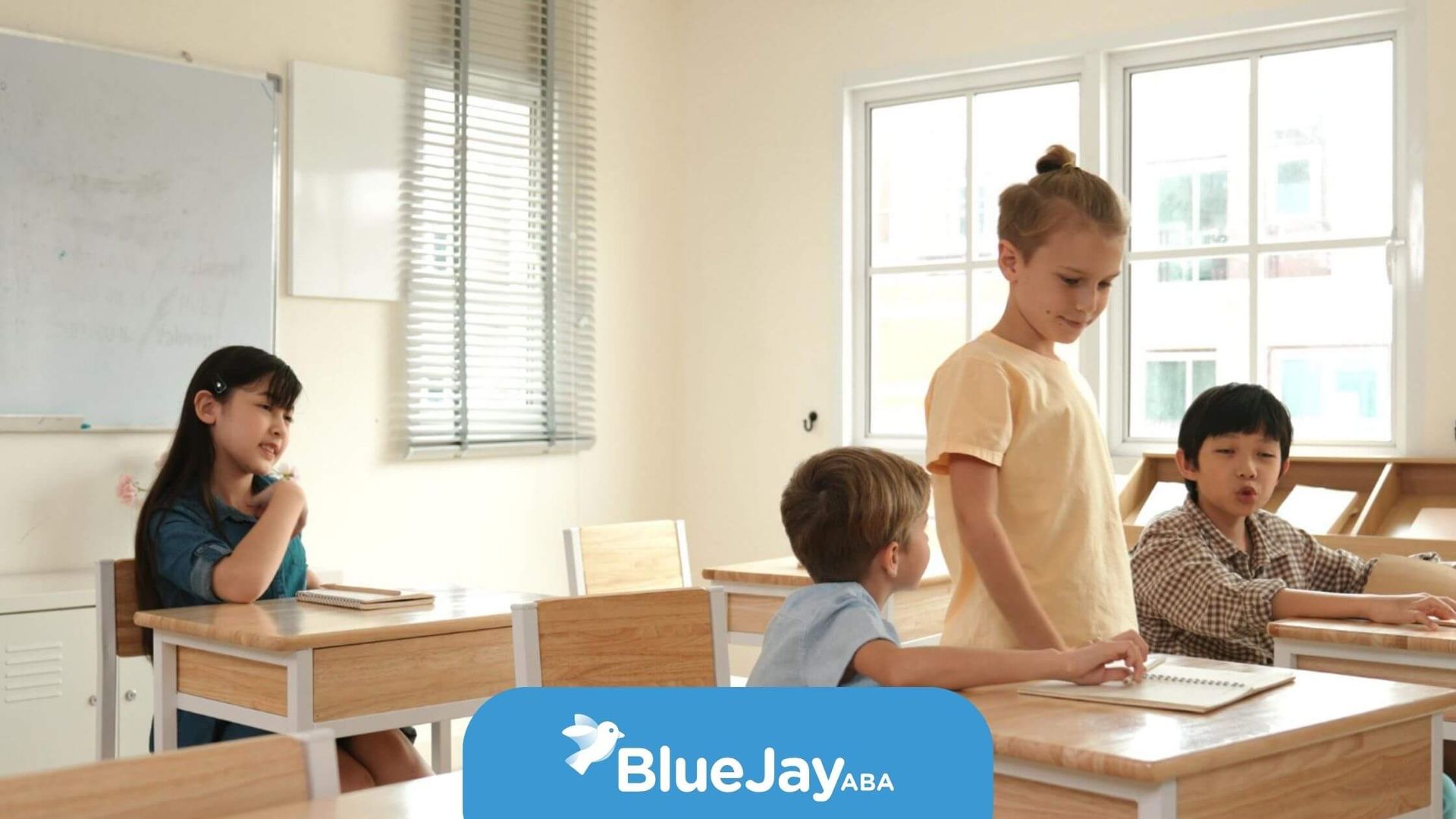What to Expect in a Typical Day of ABA Therapy for Children
If you’re exploring support options for a child on the autism spectrum, you’ve probably heard about Applied Behavior Analysis (ABA) therapy. It’s one of the most trusted, evidence-based approaches for helping children build communication, social, and daily living skills.
But what does a typical day in ABA therapy actually look like? Every child’s program is different — tailored to their unique goals, personality, and pace — yet there are common elements that make ABA both structured and engaging.
Let’s take a closer look at what happens during an average day in ABA therapy for children.
The Structure of an ABA Therapy Day
While every ABA program is individualized, each session follows a predictable rhythm. The goal is to create a safe, structured environment where children can learn effectively while still having fun.
A Board Certified Behavior Analyst (BCBA) designs the treatment plan, while a Registered Behavior Technician (RBT) carries it out through one-on-one interaction. Together, they create a balance between structured teaching and playful, natural learning moments.
Morning Routines and Warm-Up Activities
Before the child arrives, the behavior technician reviews notes from previous sessions, prepares materials, and sets up the therapy space. This preparation helps keep each session purposeful and smooth.
When the child begins their session, the first few minutes focus on building comfort and connection — something we call “pairing.” The therapist might play a favorite game, read a book, or engage with a preferred toy. These fun warm-ups establish trust and set a positive tone for the rest of the session.
How Sessions Are Scheduled and Organized
ABA therapy sessions are typically two to four hours long, with many children attending several sessions each week. This consistency helps them thrive in a familiar, structured routine.
During each session, the therapist alternates between focused skill-building and more relaxed, play-based learning. Activities are short and varied to maintain engagement — for example, a 15-minute language task might be followed by a play break or sensory activity.
This structured-yet-flexible approach helps keep therapy enjoyable while ensuring steady progress toward goals.
Common Activities in ABA Therapy Sessions
A typical ABA therapy session blends targeted skill development with natural play. Every activity is purposeful, designed to help your child communicate better, interact socially, and gain independence.
Skill-Building Exercises for Communication and Socialization
A large part of ABA therapy focuses on teaching essential life and communication skills. Therapists use positive reinforcement — like praise, high-fives, or small rewards — to motivate children and celebrate progress.
Common skills practiced during daily sessions include:
- Communication: requesting items, answering questions, and using words or gestures to express needs
- Social skills: turn-taking, sharing, greeting others, and playing cooperatively
- Daily living skills: dressing, brushing teeth, washing hands, or other self-care routines
Each skill is broken into small, achievable steps so children experience success and confidence every step of the way.
Play-Based Learning and Natural Environment Teaching (NET)
Play is at the heart of ABA therapy. Through Natural Environment Teaching (NET), therapists embed learning into everyday play and routines. This helps children use their skills in real-world situations — like asking for help during playtime or following directions while building blocks.
Another commonly used method is Discrete Trial Training (DTT) — a more structured teaching approach where a skill is practiced in short, repeated trials. Most sessions combine both: structured lessons through DTT and flexible, natural play through NET.
| Teaching Approach | Description |
|---|---|
| Discrete Trial Training (DTT) | Step-by-step teaching method using repetition and reinforcement to build new skills. |
| Natural Environment Teaching (NET) | Learning happens naturally during play, helping children apply skills to everyday life. |
The Role of ABA Therapists and Behavior Technicians
Behind every successful ABA session is a dedicated team. A BCBA creates and monitors the treatment plan, while an RBT implements it through one-on-one sessions with your child.
Supporting Children Throughout the Day
The therapist’s goal isn’t just to teach — it’s to connect. Early sessions focus on relationship building, ensuring that your child feels comfortable and motivated. As therapy continues, the therapist uses encouragement and positive reinforcement to celebrate each milestone, no matter how small.
Throughout the day, the therapist tracks behavior, progress, and responses to each task. These observations are shared with the supervising BCBA to ensure the program remains personalized and effective.
Tracking Progress and Adjusting the Plan
ABA therapy is highly data-driven. During each session, the therapist collects detailed data on your child’s performance — for instance, how often they used a skill independently or how quickly they responded to a prompt.
At the end of each day or week, this information is reviewed by the BCBA. If progress slows or a particular goal isn’t being met, the plan is adjusted. This ongoing monitoring ensures your child’s therapy always evolves with their growth and needs.
At Blue Jay ABA, we believe every child deserves the chance to learn, connect, and grow at their own pace. A typical day in ABA therapy blends structure with flexibility — filled with play, positive reinforcement, and meaningful skill-building that helps children thrive.
Our team proudly serves families across North Carolina, offering personalized home-based ABA therapy, school-based ABA therapy, and telehealth ABA therapy.
We also provide ABA assessments, autism evaluations, and ABA parent training to ensure progress continues beyond the session.
If you’re ready to see how ABA therapy can support your child’s development and confidence, contact Blue Jay ABA today — we’re here to guide your family every step of the way.
Frequently Asked Questions
What can parents expect on their child’s first day of ABA therapy?
The first day focuses on comfort and connection. The therapist engages your child through play, observes their preferences, and begins building trust. It’s also when the team starts gathering information for a personalized behavior plan.
How do therapists monitor progress during sessions?
Therapists collect data on each skill and behavior using direct observation throughout the session. This data helps the supervising BCBA track progress, identify patterns, and update goals as needed.
What skills are most often taught in ABA therapy?
Daily ABA sessions focus on essential life skills such as communication, social interaction, and self-care routines. Using structured methods like Discrete Trial Training (DTT) and Natural Environment Teaching (NET), therapists help children master these skills in fun, engaging ways.
Sources:
- https://online.regiscollege.edu/blog/aba-therapy-examples
- https://www.autismspeaks.org/applied-behavior-analysis
- https://my.clevelandclinic.org/health/treatments/25197-applied-behavior-analysis
- https://www.autismspeaks.org/expert-opinion/what-discrete-trial-training
- https://iidc.indiana.edu/irca/articles/discrete-trial-teaching-what-is-it.html
Related Posts






